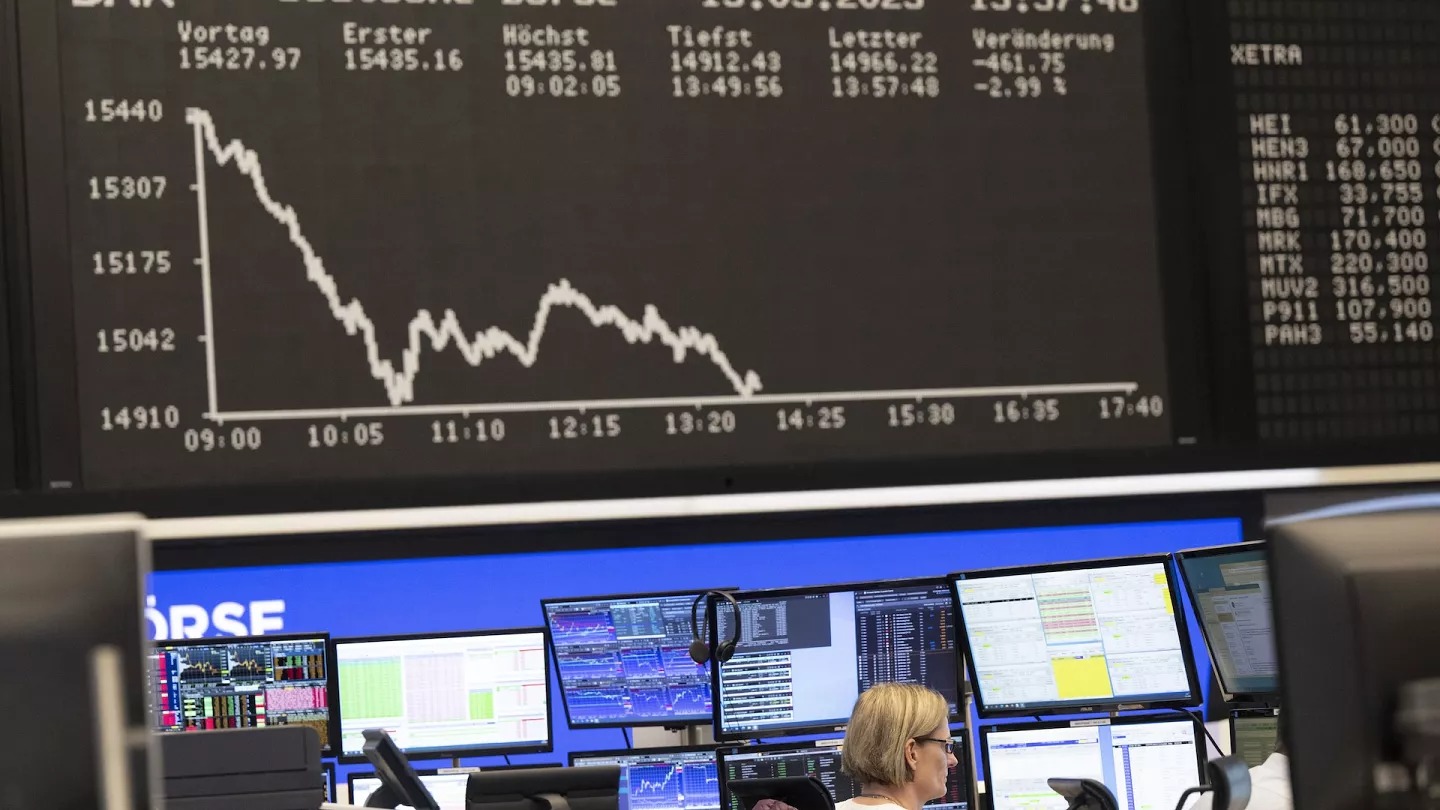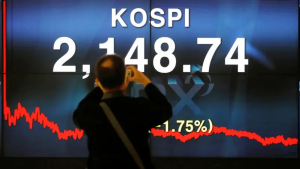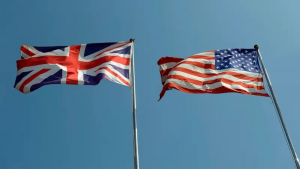The U.S. dollar and bond yields held near multi-month peaks on Monday on expectations the Federal Reserve would slow its pace of easing, while global shares were mostly lower, with investors waiting for Nvidia's earnings release later in the week.
U.S. President-elect Donald Trump's new administration is beginning to take shape with nominations to health and defense roles last week, but two key positions for financial markets, Treasury Secretary and Trade Representative, are yet to be filled.
Trump's pick of vaccine sceptic Robert F. Kennedy Jr. for the top U.S. health job has already led to a fallout in the health care sector, with drugmakers sliding at the end of last week. "It should be a quieter week as the recent relentless wave of U.S. macro and political news flow in theory slows down with the main story on this front being on potential political appointments for the new Trump administration," said Deutsche Bank head of global economics and thematic research Jim Reid.
Trump's plans for lower taxes and higher tariffs are expected to spur inflation and reduce the Fed's scope to ease interest rates. U.S. Treasury yields held near multi-month highs on Monday, having been bolstered by bets of less aggressive Fed rate cuts down the line.
The benchmark 10-year yield steadied at 4.4256%, while the two-year yield last stood at 4.2823%. Futures imply a 60% chance of the Fed easing by a quarter-point in December and have only 75 basis points of cuts priced in by the end of 2025, compared with more than 100 a few weeks ago.
That has come on the back of Fed Chair Jerome Powell's comments last week signalling that borrowing costs could remain higher for longer. "With changes afoot in immigration policy, tariff policy, and fiscal policy, Fed officials would tread more lightly anyway in view of the inflationary impact that these policies pose," said Thierry Wizman, global FX and rates strategist at Macquarie. The shift in outlook for U.S. rates and inflation lifted the dollar to a one-year high last week.
The dollar index, which measures the currency against a basket of six others, was steady at 106.69, just below last week's peak of 107.07 . Sterling last bought $1.2618, languishing near last week's six-month low, while the euro stood at $1.0547. GLOBAL STOCKS SOFT Global equity markets were slightly lower as investors took stock of latest developments with Trump's top team and the outlook for monetary policy.
MSCI's broadest gauge of world stocks (.MIWO00000PUS), opens new tab was down 0.1%, while the pan-European STOXX 600 (.STOXX), opens new tab was off 0.2%. Major indexes in Frankfurt (.GDAXI), opens new tab, London (.FTSE), opens new tab and Paris (.FCHI), opens new tab were down 0.1% to up 0.2%.
Nasdaq futures were gaining 0.5%, after the index slid for five straight days last week. S&P 500 futures edged 0.1% higher ahead of Nvidia's third-quarter results on Wednesday, where analysts expect the artificial intelligence chip leader to record a jump in revenue. Shares of Nvidia are up nearly 200% this year, with its hefty weighting in the S&P 500 partially responsible for the index's charge to record highs this year.
But its blistering multi-year run has also raised the bar for earnings outperformance and a slip-up could fuel worries that the market's AI hopes have outstripped reality.
In Asia, MSCI's broadest index of Asia-Pacific shares outside Japan (.MIAPJ0000PUS), opens new tab advanced 0.2%. Japan's Nikkei 225 (.N225), opens new tab fell 1.1%, dragged down by a decline in technology shares. Bank of Japan Governor Kazuo Ueda reiterated on Monday the central bank will keep raising rates if economic and price developments move in line with its forecasts, but made no mention of whether a hike could come in December. However, he later said in a press conference that keeping inflation-adjusted real interest rates low for too long could cause excessive inflation and force the BOJ into hiking interest rates rapidly.
Ueda's comments were closely watched by investors for clues on the BOJ's next rate hike. The Japanese currency has fallen some 7% since October against a resurgent dollar and last week weakened past the 156 per dollar level for the first time since July, keeping traders on alert for any intervention from Japanese authorities.










